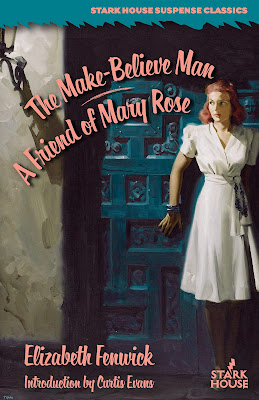The book stars a journalist named Aran, who specializes in complex scientific discoveries. He has a unique talent of describing these highly intelligent theories and results in an easily understandable language for casual readers. This talent has led to Aran being a notable journalist and literary awards winner. But, Aran is about to take on his most difficult writing assignment – chronicling the end of the world.
Across the globe, the fishing and tourism industry is suffering serious setbacks due to violent deaths in oceans and rivers. The cases range from people swallowed by whales, consumed by lobsters, or severely bitten by an array of historically docile fish. There is no central location for the occurrences, although Aran specializes his research in the American Northeast. There are a number of controversial theories from professionals in various lines of work, but no one has the answer. Does Aran?
What I really loved about The Deadly Deep was the very last page. It closed a chapter of my life that I never want to remember. I believed Messmann was the invincible wordsmith, a literary hero of epic proportions. But, this novel proves he was less than perfect, which is totally acceptable considering the amount of novels he cranked out year after year.
In 220 pages of plodding, directionless writing, Messmann places his protagonist on the phone with various authorities agreeing or disagreeing with numerous theories on aquatic animals and trends. There are attacks sprinkled throughout the narrative, but these characters are never properly introduced, so their dismemberment by crabs doesn't have much meaning. At one point I expected some hero to jump in and save the day, but the whole novel is just endless discussions about sea life.
The Deadly Deep is deep boredom. Don't waste your time. This one is nothing short of awful.
Buy a copy of this book HERE























